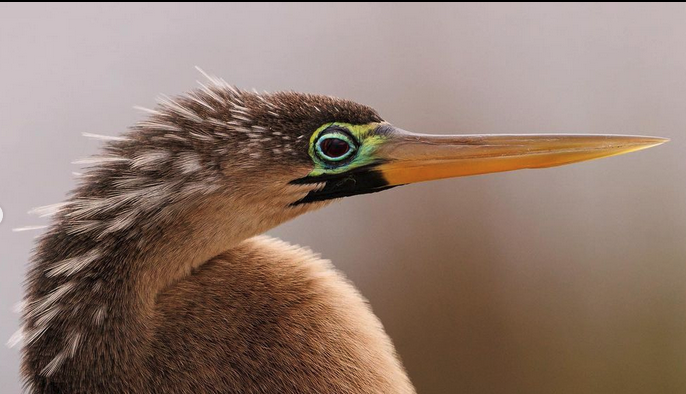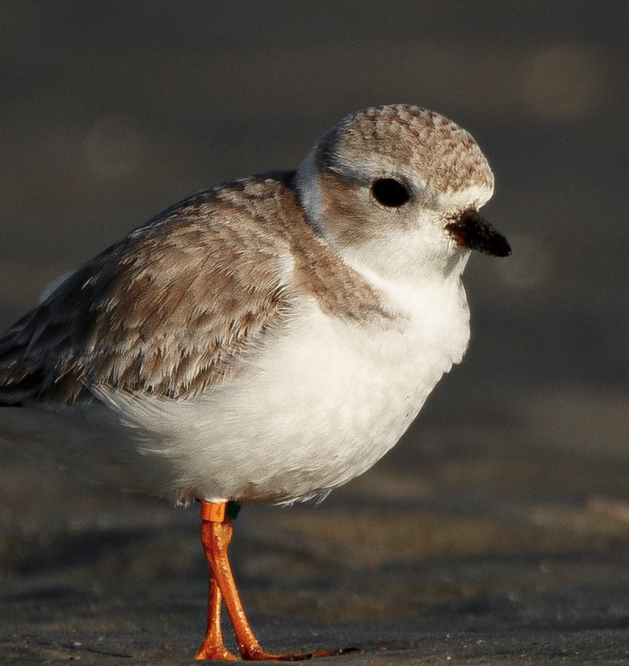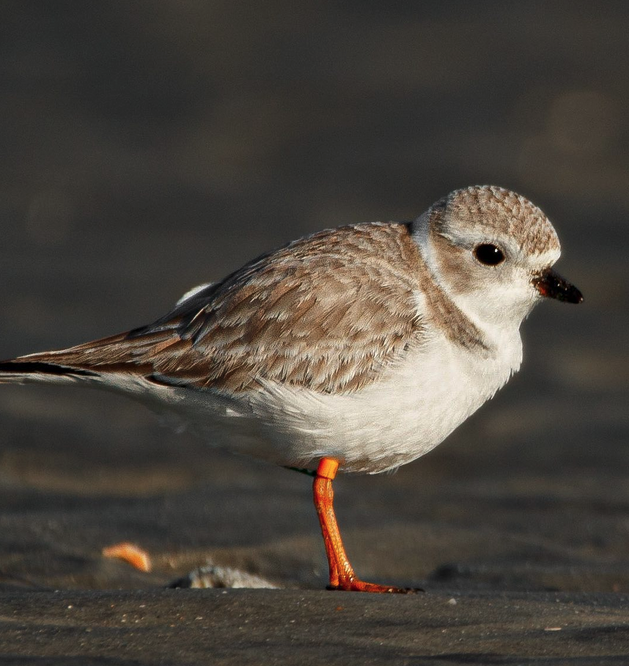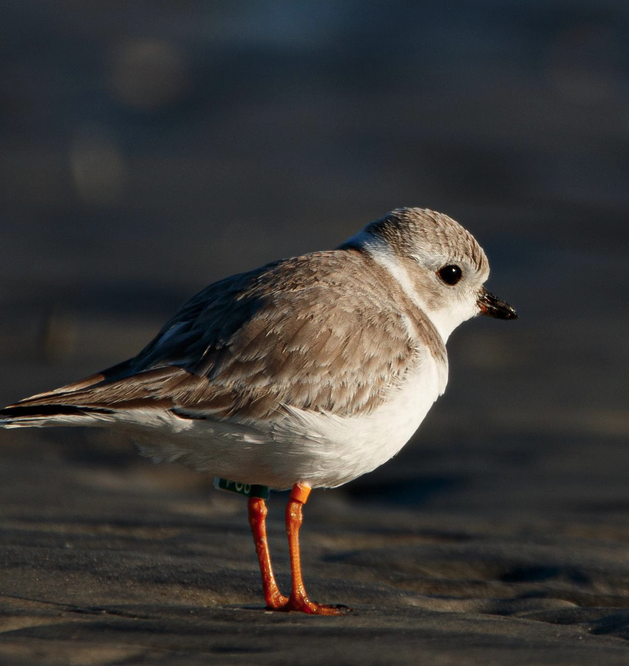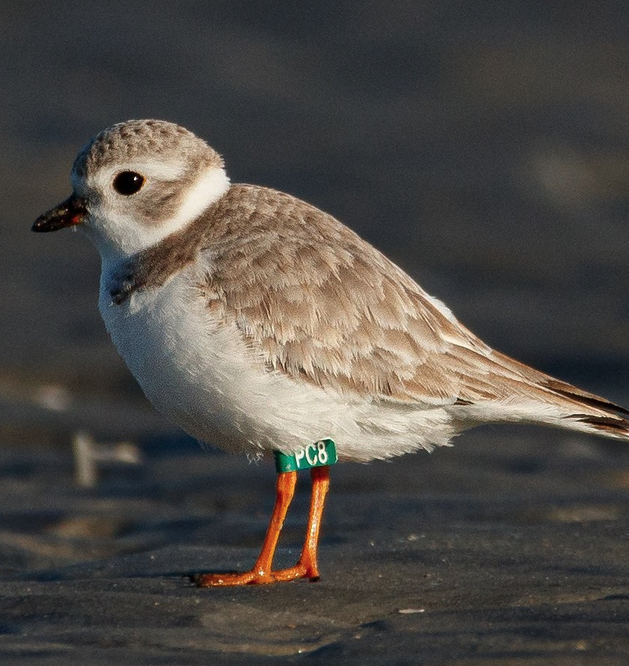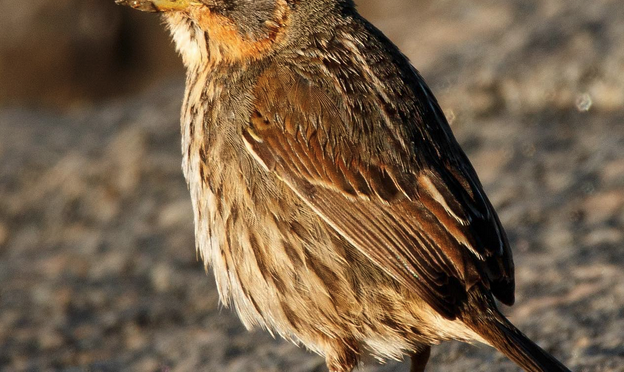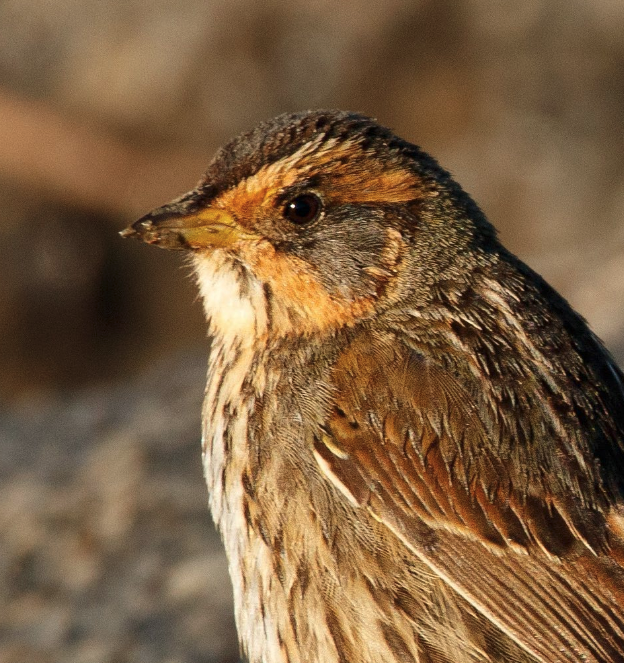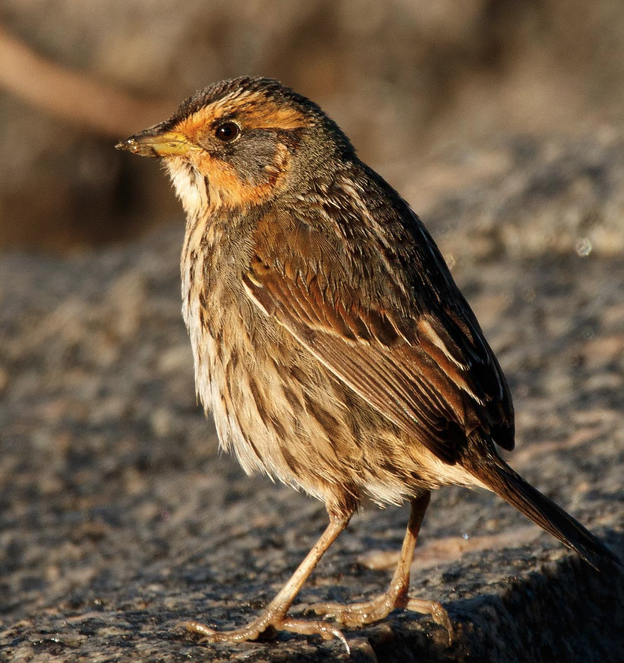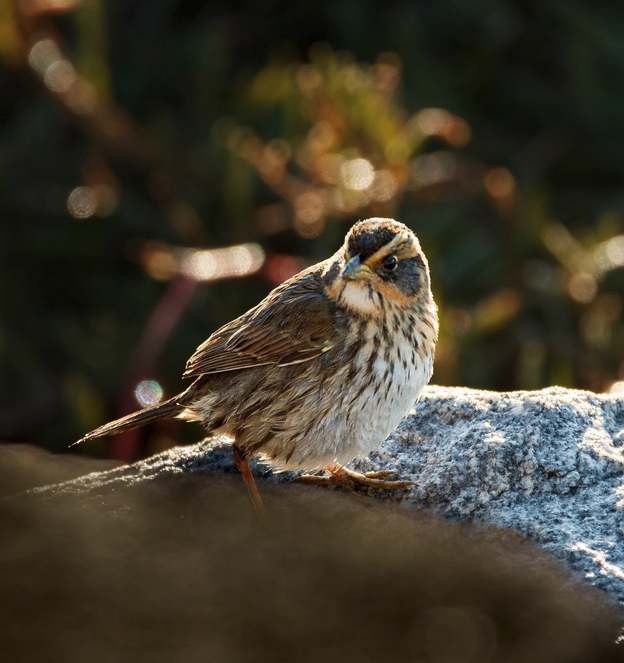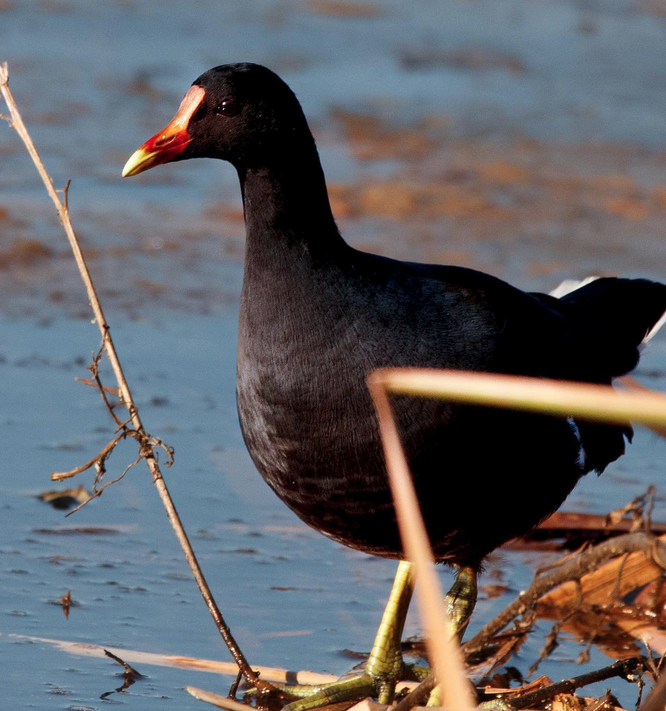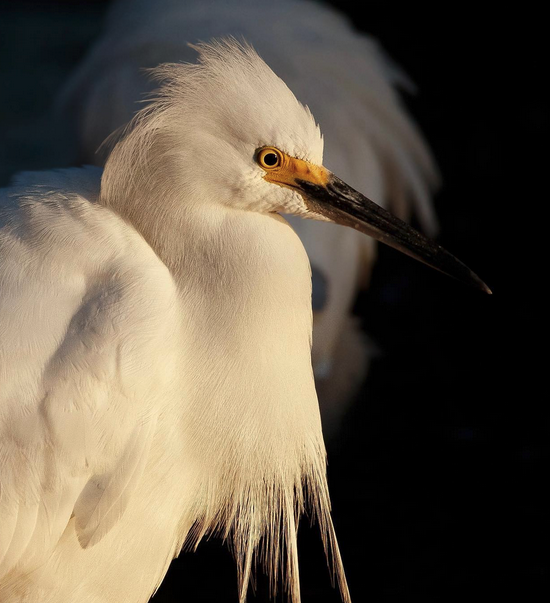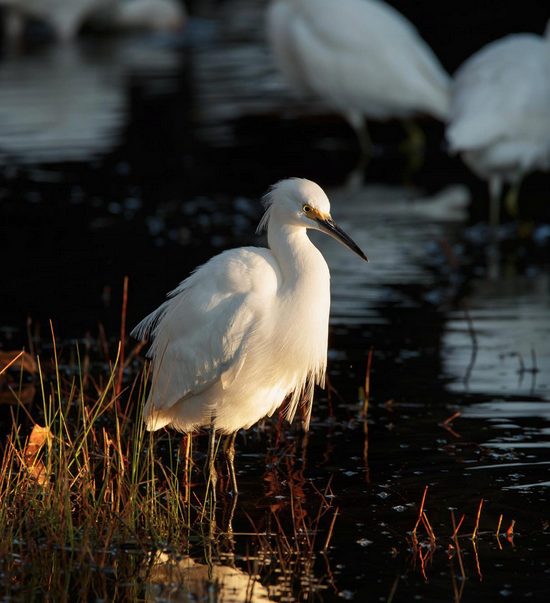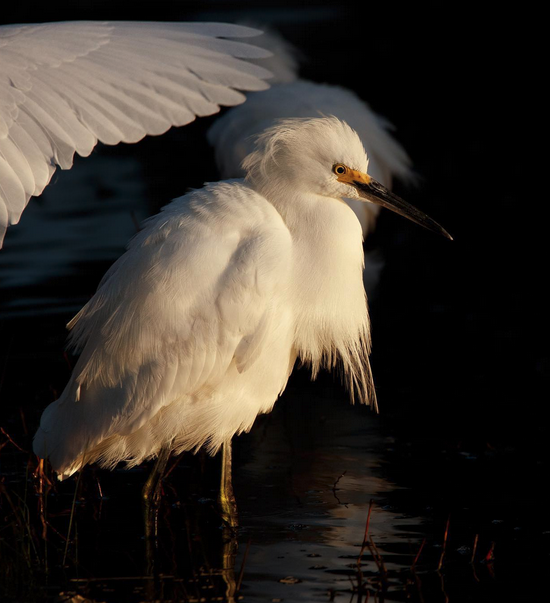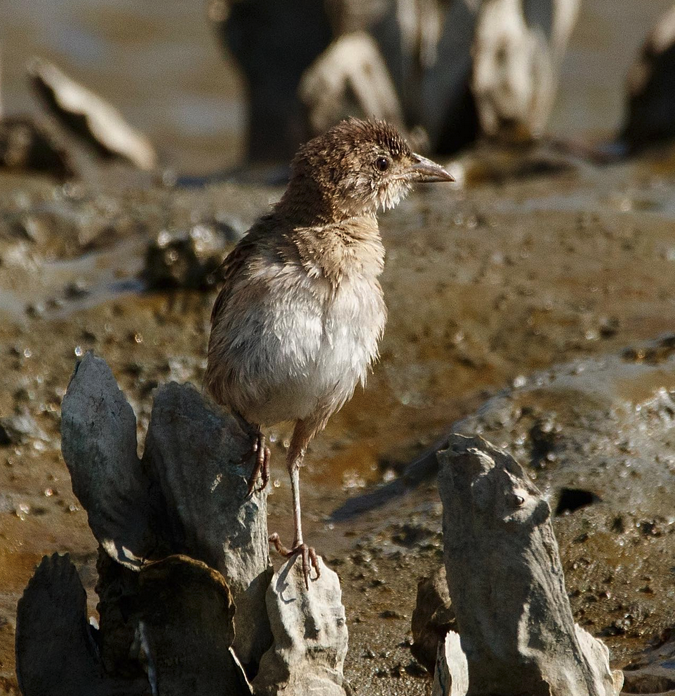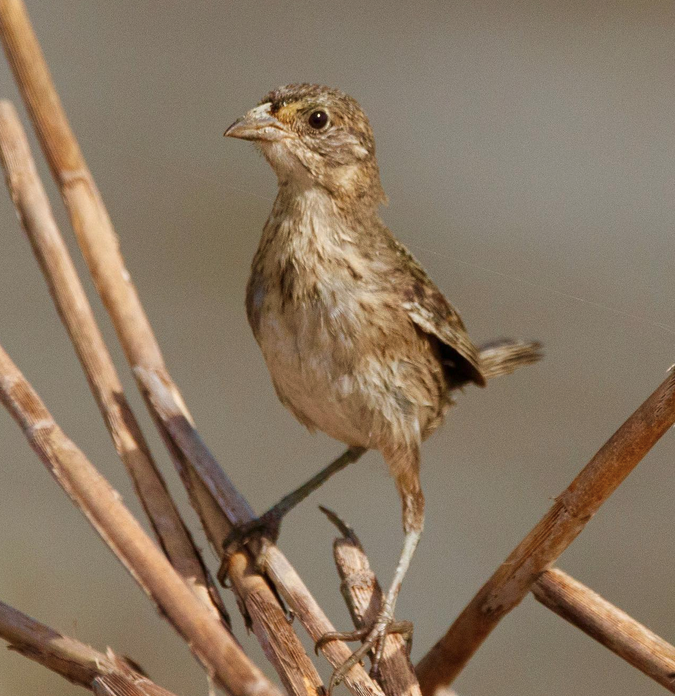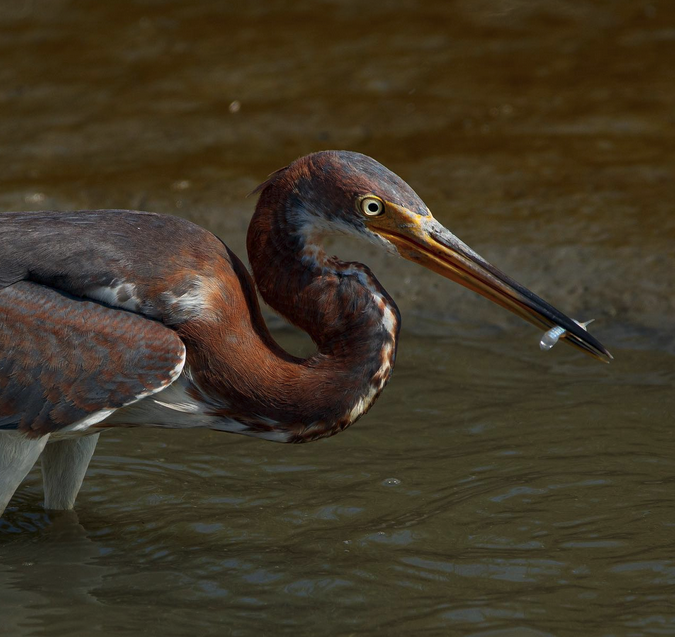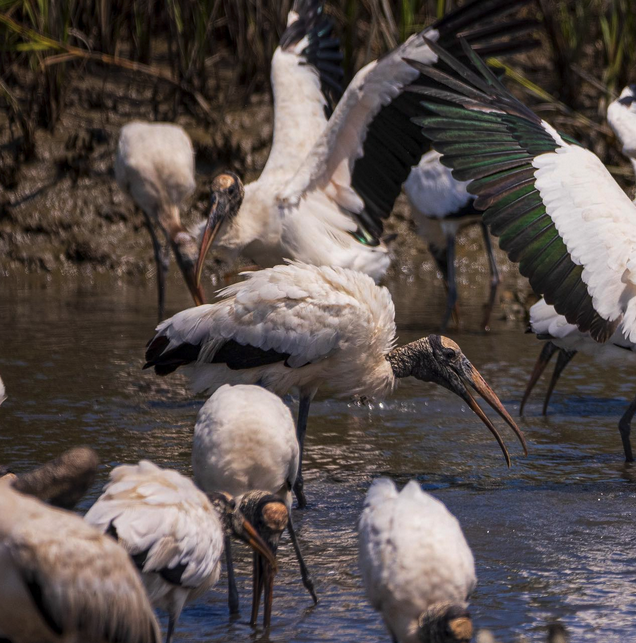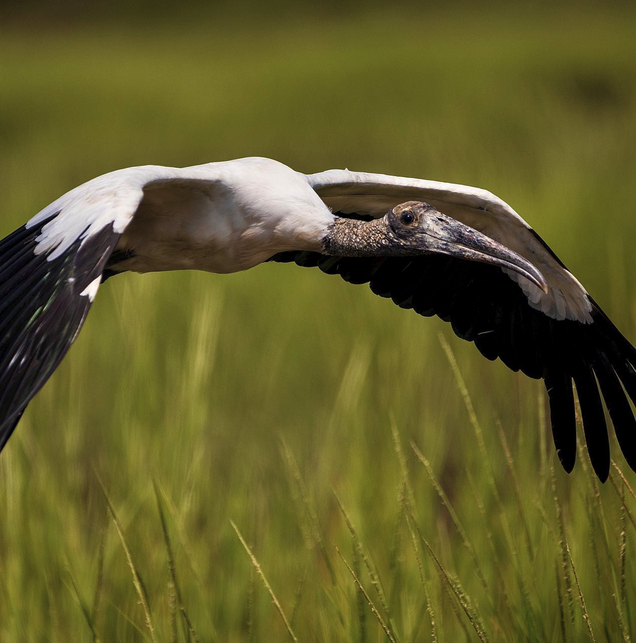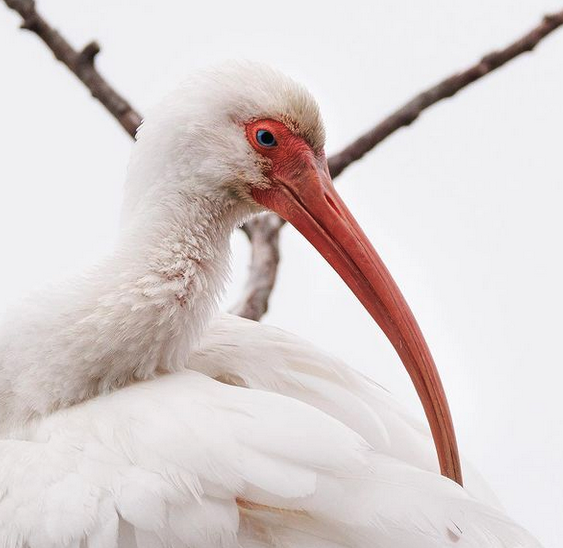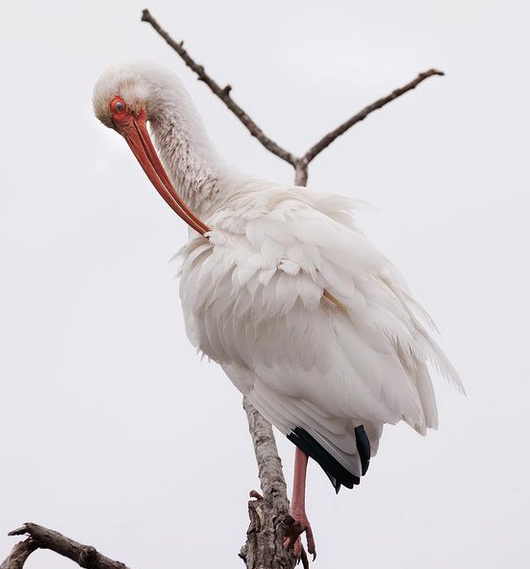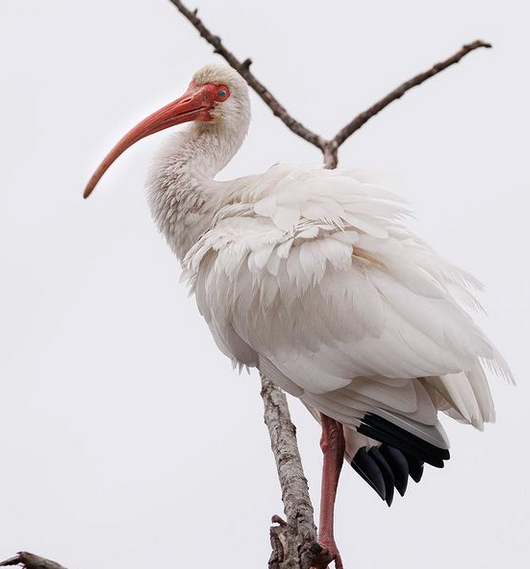By Sally Siko
What a difference in appearance a couple of months can make when it comes to bird plumage.
While on a recent trip to Huntington Beach SP in Murrells Inlet SC I had a chance to see a pair of Piping Plovers.
This is the second time in just a few months that I’ve encountered this species and I was pleased to be able to catch a nice look at them in their breeding attire (note black bands on the neck & forehead)
The last time I saw these tiny birds I didn’t think they could get any cuter but I stand corrected lol!
Watching them scurry up and down the shore on those speedy little legs made me smile.

Did you know that there are only three main breeding populations of Piping Plovers?
They occupy three general areas: the Atlantic Coast, the Great Lakes region, and the northern Great Plains region.
The wintering ranges of the three breeding populations overlap and extend from North Carolina to Florida on the Atlantic Coast and from the Florida Gulf Coast to Texas and into Mexico, the West Indies, and the Bahamas.
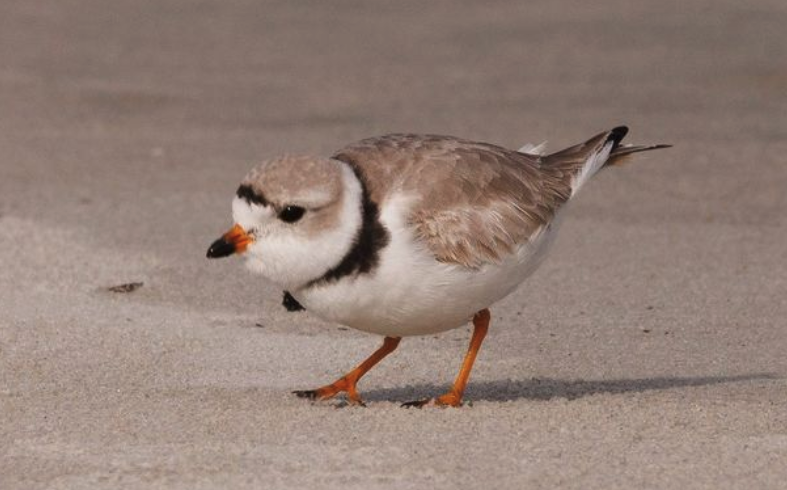


North Carolina is home to a small number of nesting Piping Plovers thus the may be found along the coast north of Cape Hatteras throughout the year.
Interestingly though they spend more (overall) time in North Carolina, your odds of seeing one appear to be increased if you look for them during the winter & early spring months along South Carolina’s beaches.
Photos by @sally_siko of @bestlife_birding on my mighty mirrorless monster, the @canonusa #R5



